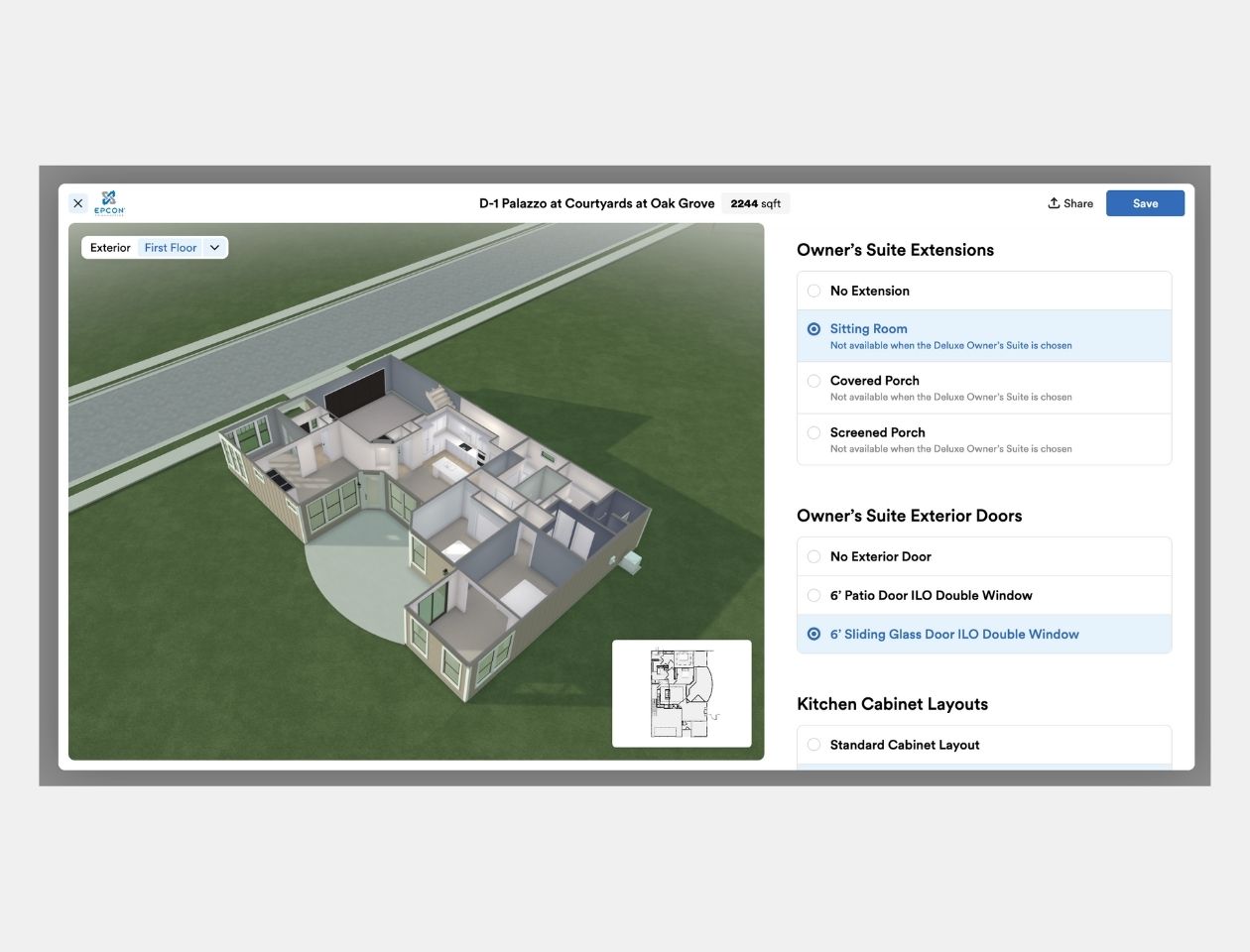Do me a favor: Close your eyes for a few seconds and imagine a delicious apple.
What did you see?
Could you mentally see an image of an apple? Was it a newly-created image or a recall of a specific memory? Was it moving, like in a movie? Or completely static, like in a photograph? What color was it? Was it sitting on something? Was it part of a scene or just floating in the void?
Now, if I started to add or change things, would your mental image keep up?
Could you imagine a person rolling the apple across a table? Would you be able to see how it would tumble? Could you describe the person to me in detail?
What number would you say best represents how you were able to conceptualize that apple?

When this type of test circulated through my social and work channels, I became aware of aphantasia, the condition that was responsible for this range of ability. What shocked me was how many creative professionals in video games and film scored “5” on this scale, and in most cases were completely unaware that actually forming a mental image was a real thing. They had been so successful while being 100% dependent on external cues and visualization tools in order to understand or convey their ideas or those of their coworkers.
In retrospect, I shouldn’t have been shocked at all. We all heavily rely on visualization tools in different ways to better understand the world around us, to communicate or understand ideas, both visually and spatially. We also have different needs in order to get to a shared point of understanding.
Take these lists of statements below — do any apply to you? To someone you know?
Spatial awareness
- Struggle to read or navigate from a map
- Only understand a map if they rotate it so the direction they are facing is “up”
- Can never find themselves on a map without the little “you are here” sticker
- Accurately estimate the measurements for how long/wide/tall something is just by looking at it
- Great at approximating relative distance (like how far away that tree is)
3D conceptualization
- Can imagine full 3D form of an object from a 2D line drawing
- Having seen an object from only a couple of sides, they understand how it would look from a hidden side (or the top/bottom)
- Have never had an issue with IKEA or LEGO instructions
- Instantly know how pieces should fit together or would move at a glance
- Able to imagine themselves moving through a fictional space (like having mental VR glasses)
Seeing color
- One of the around 300 million Americans with one of the many forms of color blindness
- Mentally can combine two colors to make a new color
- Can picture how a color will look different under different lighting (is the dress white/gold or black/blue?)
Making choices
- Get overwhelmed when faced with “too many” options
- Have to compare things side by side to be comfortable with making a choice (like the “this or that” test at the eye doctor)
- Always need to try it or “experience” the options before making a purchase decision
Similar to aphantasia, each one of these links to a different range of skill or ability in mentally conceptualizing our world. This wide variety in conceptualization skills and abilities across an audience can introduce many challenges when it comes to presenting ideas or visualizing a finished product. If so many people have trouble visualizing a simple apple, imagine what happens when trying to visualize and understand something as complex as a home.

For homebuilders, this is an especially critical thing to get right when they’re trying to compete for buyers. There are so many people that struggle to mentally translate a 2D floor plan into an understanding of a 3D space.
Many are unable to look at a few material samples and mentally project how they will all work together and what an entire room would look like to get a “feel” for the finished product. So many Pinterest boards are filled with hopes and dreams, but no way to see how those elements will work together (or not) and why. Even when taking on the huge risk and cost of a physical model home or architectural renders, builders can be caught having to ask customers to mentally imagine adding all the different options and changes.
Without the ability to confidently communicate those choices and details, builders risk unrealistic or misaligned expectations. This can lead to unhappy customers, costly rework, or in many cases, not even having the chance to make the sale in the first place.

So, how important is an image?
It’s an absolutely critical first step in showing your customers what to expect (especially those people who score “5” on the apple test), but often falls short without additional visualization tools that help them get a full understanding of the home with all of their personalized options taken into account. This is one of the reasons our team at Higharc has prioritized representing the home fully in both 2D and 3D, and why we include various view modes catering to how we all conceptualize things a little differently.
It’s so important for trust and confident decision-making to ensure that what you see is what you get. We want to make sure there are shared expectations and understanding of how it all comes together in a great design every step along the way, leading to happier customers and builders.
With all that has changed this year, many homebuilders are taking a moment to reevaluate how they traditionally have attracted new customers and to better communicate with the ones they already have. As you go through that process, make sure you are considering the full range of buyer’s abilities and ensure that you are leveraging a full set of visualization tools to provide the best scenario for success.
See higharc in action
Discover how Higharc can empower your team to conquer change, modernize your buyer experience, and decrease cycle times.
Book a demo


.png)




.png)



.jpg)








%20(1260%20x%20960%20px).jpg)
%20(1260%20x%20960%20px).jpg)

.jpg)

.jpg)


















